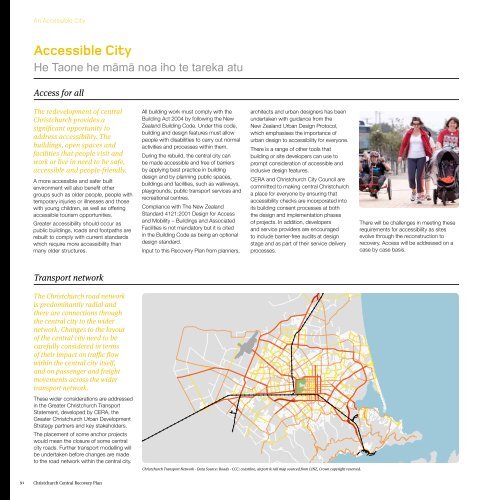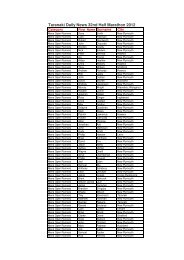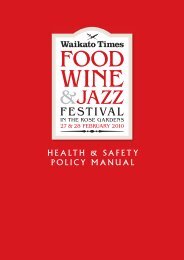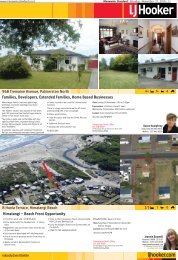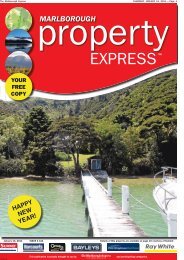Christchurch Central Recovery Plan - New Zealand Listener
Christchurch Central Recovery Plan - New Zealand Listener
Christchurch Central Recovery Plan - New Zealand Listener
- No tags were found...
You also want an ePaper? Increase the reach of your titles
YUMPU automatically turns print PDFs into web optimized ePapers that Google loves.
An Accessible CityAccessible CityHe Taone he māmā noa iho te tareka atuAccess for allThe redevelopment of central<strong>Christchurch</strong> provides asignificant opportunity toaddress accessibility. Thebuildings, open spaces andfacilities that people visit andwork or live in need to be safe,accessible and people-friendly.A more accessible and safer builtenvironment will also benefit othergroups such as older people, people withtemporary injuries or illnesses and thosewith young children, as well as offeringaccessible tourism opportunities.Greater accessibility should occur aspublic buildings, roads and footpaths arerebuilt to comply with current standardswhich require more accessibility thanmany older structures.DRAFTTransport networkThe <strong>Christchurch</strong> road networkis predominantly radial andthere are connections throughthe central city to the widernetwork. Changes to the layoutof the central city need to becarefully considered in termsof their impact on traffic flowwithin the central city itself,and on passenger and freightmovements across the widertransport network.These wider considerations are addressedin the Greater <strong>Christchurch</strong> TransportStatement, developed by CERA, theGreater <strong>Christchurch</strong> Urban DevelopmentStrategy partners and key stakeholders.The placement of some anchor projectswould mean the closure of some centralcity roads. Further transport modelling willbe undertaken before changes are madeto the road network within the central city.All building work must comply with theBuilding Act 2004 by following the <strong>New</strong><strong>Zealand</strong> Building Code. Under this code,building and design features must allowpeople with disabilities to carry out normalactivities and processes within them.During the rebuild, the central city canbe made accessible and free of barriersby applying best practice in buildingdesign and by planning public spaces,buildings and facilities, such as walkways,playgrounds, public transport services andrecreational centres.Compliance with The <strong>New</strong> <strong>Zealand</strong>Standard 4121:2001 Design for Accessand Mobility – Buildings and AssociatedFacilities is not mandatory but it is citedin the Building Code as being an optionaldesign standard.Input to this <strong>Recovery</strong> <strong>Plan</strong> from planners,architects and urban designers has beenundertaken with guidance from the<strong>New</strong> <strong>Zealand</strong> Urban Design Protocol,which emphasises the importance ofurban design to accessibility for everyone.There is a range of other tools thatbuilding or site developers can use toprompt consideration of accessible andinclusive design features.CERA and <strong>Christchurch</strong> City Council arecommitted to making central <strong>Christchurch</strong>a place for everyone by ensuring thataccessibility checks are incorporated intoits building consent processes at boththe design and implementation phasesof projects. In addition, developersand service providers are encouragedto include barrier-free audits at designstage and as part of their service deliveryprocesses.<strong>Christchurch</strong> Transport Network - Data Source: Roads - CCC; coastline, airport & rail map sourced from LINZ, Crown copyright reserved.There will be challenges in meeting theserequirements for accessibility as sitesevolve through the reconstruction torecovery. Access will be addressed on acase by case basis.91<strong>Christchurch</strong> <strong>Central</strong> <strong>Recovery</strong> <strong>Plan</strong>


